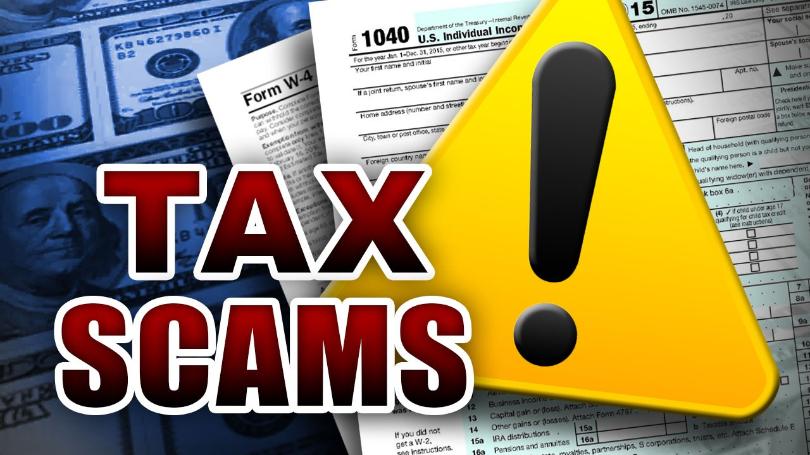Protect Yourself From Tax Scams!
Renee Daggett • July 20, 2022
There are many tax scams out there with the purpose of stealing your identity, stealing your money, or filing fraudulent tax returns using your private information. Tax scammers work year-round, not just during tax season and target virtually everyone. Stay alert to the ways criminals pose as the IRS to trick you out of your money or personal information.

Compiled annually, the IRS lists a variety of common scams that taxpayers can encounter.
This year's list includes the following four categories.
- Pandemic-related scams. Criminals are still using the COVID-19 pandemic to steal people's money and identity with phishing emails, social media posts, phone calls, and text messages. All these efforts can lead to sensitive personal information being stolen, and scammers using this to try filing fraudulent tax returns. Some of the scams people should continue to be on the lookout for include Economic Impact Payment and tax refund scams, unemployment fraud leading to inaccurate taxpayer 1099-Gs, fake employment offers on social media, and fake charities that steal taxpayers' money.
- Offer-in-compromise mills. Offer-in-compromise (OIC) mills make outlandish claims about how they can settle a person's tax debt for pennies on the dollar. Often, the reality is that taxpayers are required to pay a large fee up front to get the same deal they could have gotten on their own by working directly with the IRS. These services tend to be more visible right after the filing season ends while taxpayers are trying to pay their recent bill.
- Suspicious communication. Every form of suspicious communication is designed to trick, surprise, or scare someone into responding before thinking. Criminals use a variety of communications to lure potential victims. The IRS warns taxpayers to be on the lookout for suspicious activity across four common forms of communication: email, social media, telephone, and text messages. Victims are tricked into providing sensitive personal financial information, money, or other information. This information can be used to file false tax returns and tap into financial accounts, among other schemes.
- Spear phishing attacks. Criminals try to steal client data and tax preparers' identities to file fraudulent tax returns for refunds. Spear phishing can be tailored to attack any type of business or organization, so everyone needs to be skeptical of emails requesting financial or personal information.
What you can do
If you discover that you’re a victim of identity theft, consider taking the following action:
- Notify creditors and banks. Most credit card companies offer protections to cardholders affected by ID theft. Generally, you can avoid liability for unauthorized charges exceeding $50. But if your ATM or debit card is stolen, report the theft immediately to avoid dire consequences.
- Place a fraud alert on your credit report. To avoid long-lasting impact, contact any one of the three major credit reporting agencies—Equifax, Experian or TransUnion—to request a fraud alert. This covers all three of your credit files.
- Report the theft to the Federal Trade Commission (FTC). Visit identitytheft.gov or call 877-438-4338. The FTC will provide a recovery plan and offer updates if you set up an account on the website.
- Please call if you suspect any tax-related identity theft. If any of the previously mentioned signs of tax-related identity theft have happened to you, please call to schedule an appointment to discuss next steps.

















